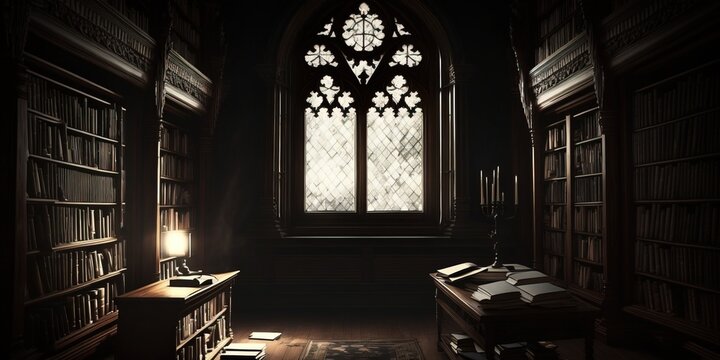
FAQ About Gothic Literature
Gothic Literature
2 years ago | gizem
How does Gothic Literature address the theme of forbidden love?
Gothic Literature frequently explores the theme of forbidden love, adding an element of intrigue, danger, and emotional intensity to its narratives. This theme often involves romantic relationships that defy societal norms, encounter moral dilemmas, or are haunted by supernatural or psychological elements. Here's how Gothic Literature addresses the theme of forbidden love:
- Social Class Barriers: One common form of forbidden love in Gothic literature involves characters from different social classes. These relationships challenge the rigid class distinctions of the time, creating tension and conflict. For example, in Emily Brontë's "Wuthering Heights," the love between Heathcliff and Catherine is thwarted by their difference in social status.
- Incestuous Love: Gothic literature occasionally explores taboo relationships between close relatives, such as siblings or cousins. These relationships are considered forbidden due to both social and moral reasons. An example is the relationship between the siblings in Nathaniel Hawthorne's "The House of the Seven Gables."
- Supernatural Obstacles: Love can be forbidden due to supernatural elements. Characters may fall in love with ghosts, vampires, or other supernatural beings, creating a sense of the uncanny and moral ambiguity. In Bram Stoker's "Dracula," for instance, the vampire's seductive power complicates romantic relationships.
- Forbidden Marriages: Gothic literature often features marriages that are prohibited by law, society, or family members. These unions can lead to secrecy, betrayal, and dramatic consequences. Charlotte Brontë's "Jane Eyre" explores the forbidden love between Jane and Mr. Rochester due to his existing marriage.
- Cursed Love: Some Gothic tales involve love that is cursed or doomed from the start. A curse, spell, or prophecy may hinder the characters' ability to be together. This theme is evident in the love between Lestat and Louis in Anne Rice's "The Vampire Chronicles."
- Forbidden Desires and Temptation: Characters in Gothic literature may grapple with forbidden desires that go beyond traditional romantic love. These desires may involve forbidden sexual attractions or other morally complex feelings. For example, in Oscar Wilde's "The Picture of Dorian Gray," Dorian's forbidden desires lead to his moral downfall.
- Moral Dilemmas: Forbidden love often presents characters with moral dilemmas. They must decide whether to follow their hearts and pursue the forbidden love or adhere to societal norms and moral values. This internal conflict adds depth to the characters and the narrative.
- Tragic Consequences: Gothic literature frequently portrays the tragic consequences of forbidden love, including madness, death, or eternal suffering. These consequences serve as cautionary tales about the dangers of defying societal norms.
- Psychological Complexities: The theme of forbidden love often delves into the psychological complexities of desire, guilt, and obsession. Characters may become consumed by their forbidden love, leading to psychological turmoil.
- Atmospheric Settings: Gothic literature uses atmospheric settings, such as decaying mansions, haunted landscapes, and isolated castles, to intensify the sense of forbidden love. These settings often mirror the forbidden nature of the relationships.
